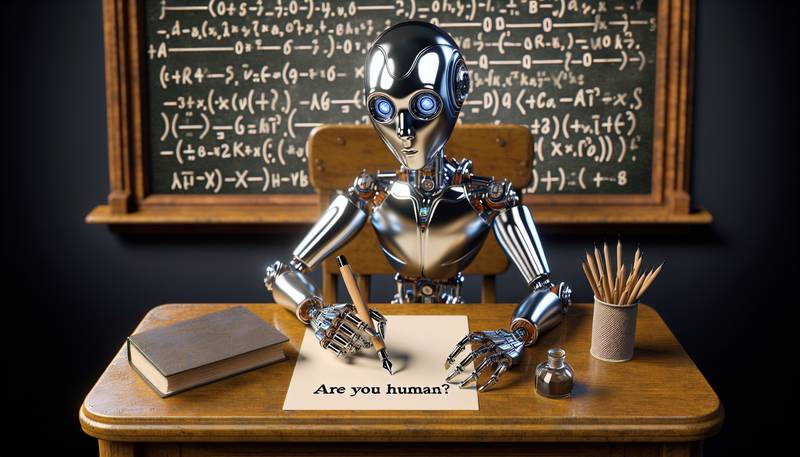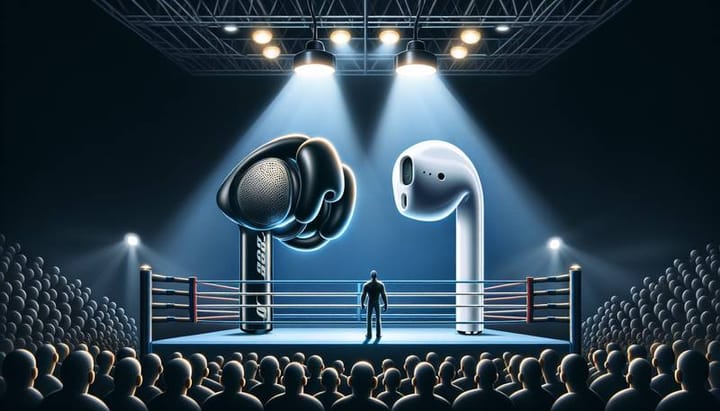Can Artificial Intelligence Pass as Human? Turing Test Results Revealed

In a world where AI chatbots like GPT-4 are becoming increasingly sophisticated, distinguishing between human and machine can be a real challenge. A recent study by UC San Diego put modern AI systems to the test to see if they could pass the famous Turing Test, proposed by Alan Turing to determine if a machine can exhibit human-like behavior.
Artificial Intelligence Blurs the Line
The study tested ELIZA, a simple 1960’s chatbot, alongside more advanced systems such as GPT-3.5 and GPT-4, using a setup where participants had a five-minute conversation with the chatbot or a human and then guessed whether their partner was real or artificial.
The AIs were guided to respond like a nonchalant young person using slang and making deliberate mistakes. Despite the tweaks to make them seem less machine-like, the results were striking. GPT-4 was mistaken for a human 54% of the time, GPT-3.5 sat at an even 50%, and the more dated ELIZA registered just 22%, while real humans were identified correctly 67% of the time.
These results suggest that individuals are no better than random chance at distinguishing between AI and humans in conversations, showcasing the advancements in the field of artificial intelligence.
Deception or Innovation?
The implications of this are vast, as AI continues to get better at emulating human language and social cues. The way people judged the identity of their conversation partners sheds light on the aspects of human communication that machines are learning to mimic.
The full study, revealing the depths of AI's capability to replicate human interaction, has been published and is accessible for those interested in the detailed findings.
The Future of AI and Human Interaction
As AI tools evolve and become more prevalent, questions about their impact on human jobs and interactions become more pertinent. Studies like these indicate that the line between human and machine is not just blurring - it's virtually vanishing.


